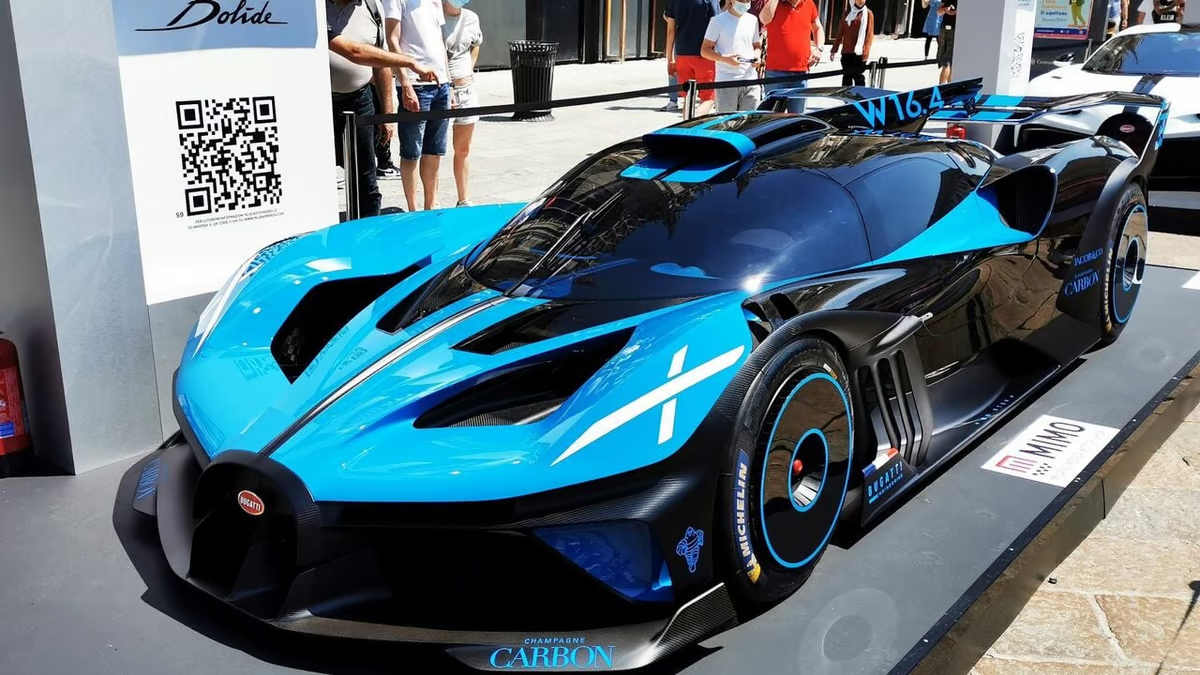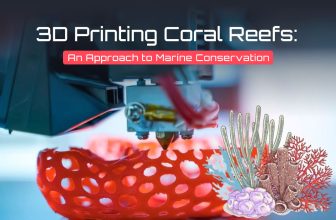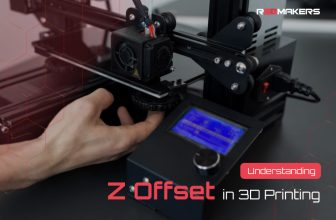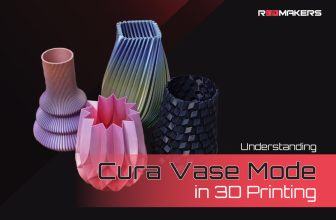3D Printed Cars: New Age of Automotive Manufacturing

The automotive industry has always been a realm of innovation and technological advancement. Today, we are able to witnessing a revolution and transformation in the industry, thanks to the emergence of 3D printed cars.
3D printing technology, once limited to prototypes and small-scale projects, has now reached a stage where it’s capable of creating full-fledged vehicles. From aesthetic customizations to producing entire chassis, 3D print cars are opening new horizons in automotive design and manufacturing.
The advent of 3D printed cars is not just a technological breakthrough; it’s a potential disruptor that could redefine the entire automotive manufacturing process. By enabling the rapid creation of complex structures and intricate designs, it offers possibilities for greater personalization and efficiency.
Furthermore, the environmental benefits of using precisely the required amount of material without waste represent a substantial step towards sustainability. As research progresses and the technology matures, we can expect 3D printed vehicles to become an integral part of the automotive landscape, unlocking new potentials in design, functionality, and eco-friendliness.
The Concept of 3D Printed Cars
3D printed cars are vehicles made using additive manufacturing techniques. This process involves layering materials to create intricate and detailed components or even entire car bodies. The possibility to car 3d print brings forth a new era in design freedom, efficiency, and customization that was unimaginable a decade ago.
Additive manufacturing techniques used in 3D printed cars allow for a more streamlined process, eliminating the need for complex molds and significantly reducing labor costs. By enabling the production of lighter and yet robust parts, the technology offers enhanced fuel efficiency and performance in the finished vehicles.
Moreover, the digital nature of 3D printing opens up opportunities for collaboration across geographical boundaries, enhancing the global design and innovation process. As technology evolves, the future of car 3D print may include even more sophisticated designs, automation in manufacturing, and the utilization of advanced materials that promise to redefine the automotive industry.
Why 3D Print Cars?
The reason behind the rising popularity of 3D printed vehicles can be attributed to several factors:
Cost-Efficiency: Traditional manufacturing methods often require costly molds and tools. In contrast, 3D printing minimizes these costs, especially for customized or low-volume production.
Rapid Prototyping: Engineers can quickly create prototypes and make adjustments as needed, reducing development time significantly.
Customization: The ability to 3D print cars allows for unlimited customization, enabling manufacturers to meet specific client demands or create unique designs.
Sustainability: By using precise amounts of material and reducing waste, 3D printing offers a more environmentally friendly approach to manufacturing.
Notable Examples of 3D Printed Car
There are numerous innovative examples of 3D printed car projects that have garnered attention in recent years:
Local Motors Strati: Known as the world’s first 3D printed car, the Strati was built with an electric drivetrain and a body made entirely through 3D printing. Its creation demonstrated the feasibility of producing an entire car using additive manufacturing.
Urbee 2: Aiming for fuel efficiency, the Urbee 2 was designed with aerodynamics in mind, utilizing 3D printing to create lightweight components.
Divergent Blade: The Blade was a groundbreaking project that showcased how a 3D printer car could be both luxurious and performance-oriented, featuring a combination of 3D printed aluminum joints and carbon fiber tubing.
Technologies Behind 3D Printed Vehicles
Several technologies are employed in the creation of 3D printed vehicles, each offering unique advantages:
Fused Deposition Modeling (FDM): Widely used for creating prototypes and functional parts, FDM is suitable for producing large, strong components.
Selective Laser Sintering (SLS): SLS is often used to create intricate and highly detailed parts, making it suitable for components like dashboard elements or lighting fixtures.
Stereolithography (SLA): Known for high precision, SLA is used for parts that require tight tolerances and smooth surfaces.
Challenges and Future Prospects
Despite the enormous potential of 3D printed car, the journey towards mainstream adoption has its challenges:
Regulatory Compliance: Ensuring that 3D printed vehicles meet safety standards and regulations is a complex task.
Material Limitations: The availability of materials suitable for automotive applications might limit the technology’s widespread use.
Public Perception: Gaining public trust and acceptance of 3D printed cars as reliable and safe transportation options may take time and effort.
However, these challenges are not insurmountable. Continued innovation and collaboration between industry leaders, regulators, and researchers will likely pave the way for 3D printed vehicles to become a common sight on the roads.
Conclusion
3D printed cars represent more than just a technological marvel; they symbolize a fundamental shift in how vehicles are designed, manufactured, and even conceptualized. The intersection of creativity, efficiency, customization, and sustainability that 3D printing brings to the automotive world holds immense promise.
The current achievements in 3D printed car projects are merely the tip of the iceberg. As technology advances, we can anticipate even more complex and intricate designs, potentially transforming the entire automotive industry.
From high-end sports cars to everyday family vehicles, the prospect of car 3D print technology is indeed fascinating and filled with potential. As we continue to explore and harness the capabilities of 3D printers for car manufacturing, we are undoubtedly steering towards a future where 3D printed vehicles are not just novelties but integral parts of our transportation landscape.








